Used railroad ties to create raised garden/what to do now?
bellbound
11 years ago
Featured Answer
Sort by:Oldest
Comments (41)
digdirt2
11 years agolast modified: 9 years agoRelated Professionals
Wake Forest Landscape Contractors · Beachwood Landscape Contractors · Berkley Landscape Contractors · Burlington Landscape Contractors · Chesapeake Ranch Estates Landscape Contractors · Corona Landscape Contractors · Dickinson Landscape Contractors · El Reno Landscape Contractors · Kailua Landscape Contractors · Leicester Landscape Contractors · Longview Landscape Contractors · Newnan Landscape Contractors · Parkland Landscape Contractors · Barrington Driveway Installation & Maintenance · Bear Driveway Installation & MaintenanceRpR_
11 years agolast modified: 9 years agonygardener
11 years agolast modified: 9 years agojolj
11 years agolast modified: 9 years agobellbound
11 years agolast modified: 9 years agodigdirt2
11 years agolast modified: 9 years agoJoe1980
11 years agolast modified: 9 years agolonmower
11 years agolast modified: 9 years agodigdirt2
11 years agolast modified: 9 years agohowelbama
11 years agolast modified: 9 years agolonmower
11 years agolast modified: 9 years agohomertherat
11 years agolast modified: 9 years agolonmower
11 years agolast modified: 9 years agotoxcrusadr
11 years agolast modified: 9 years agohomertherat
11 years agolast modified: 9 years agooregonwoodsmoke
11 years agolast modified: 9 years agonc_crn
11 years agolast modified: 9 years agoalbert_135 39.17°N 119.76°W 4695ft.
11 years agolast modified: 9 years agomytime
11 years agolast modified: 9 years agositano
10 years agolast modified: 9 years agomckenziek
10 years agolast modified: 9 years agoseysonn
10 years agolast modified: 9 years agoZachS. z5 Platteville, Colorado
10 years agolast modified: 9 years agomckenziek
10 years agolast modified: 9 years agoseysonn
10 years agolast modified: 9 years agoZachS. z5 Platteville, Colorado
10 years agolast modified: 9 years agoWeakStream
9 years agolast modified: 9 years agoJoppaRich
9 years agolast modified: 9 years agohowelbama
9 years agolast modified: 9 years agodigdirt2
9 years agolast modified: 9 years agokarlaninas
7 years agodigdirt2
7 years agokarlaninas
7 years agoOldDutch (Zone 4 MN)
7 years agodigdirt2
7 years agoHU-645700338
3 years agodaninthedirt (USDA 9a, HZ9, CentTX, Sunset z30, Cfa)
3 years agolast modified: 3 years agoRad Gard
3 years agolast modified: 3 years ago
Related Stories
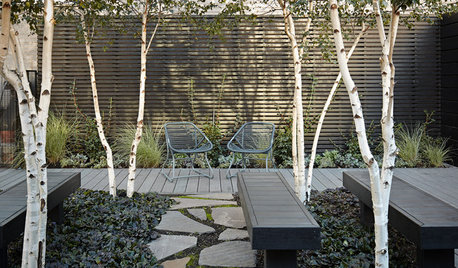
LANDSCAPE DESIGN5 Ways to Use Trees to Create a Sensational Garden Space
Trees define spaces in multiple ways and bring a layer of shade and intrigue to the landscape
Full Story
GARDENING GUIDES8 Materials for Raised Garden Beds
Get the dirt on classic and new options for raised vegetable and plant beds, to get the most from your year-round garden
Full Story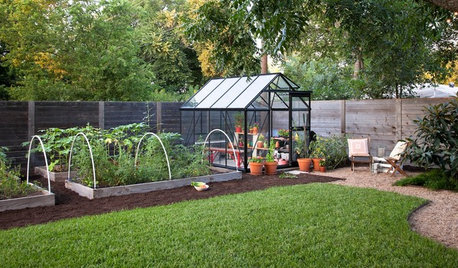
EDIBLE GARDENSA Formerly Weedy Lot Now Brims With Edibles and Honeybees
Photographers transform their barren backyard into an oasis filled with fruit, vegetables, honey, eggs and more
Full Story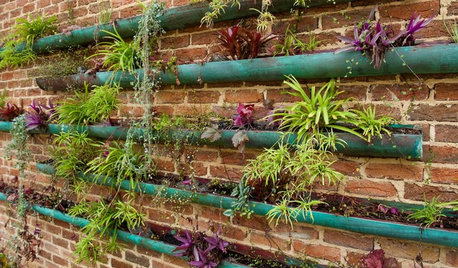
GARDENING AND LANDSCAPINGAustralian Vertical Gardens Create an Artful Outdoor Retreat
Inventive hanging planters transform a rough backyard into a living sanctuary
Full Story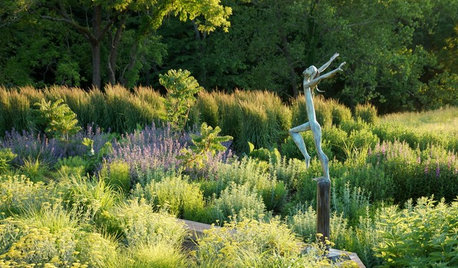
LANDSCAPE DESIGNEnergy Now: Designing a Garden That Gets You Going
Serenity has its place, but a garden that recharges and motivates you can be a beautiful thing
Full Story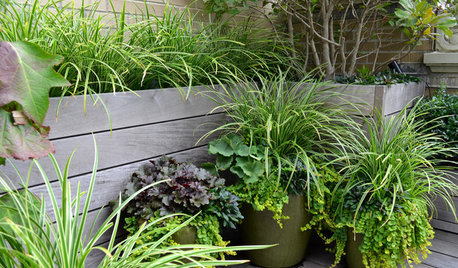
PLANTING IDEASCreate High-Impact Container Gardens With Grasses
When it comes to adding drama, texture and panache to a pot, these strappy species are hard to beat
Full Story
GARDENING AND LANDSCAPINGHouzz Survey: See What Homeowners Are Doing With Their Landscapes Now
Homeowners are busy putting in low-maintenance landscapes designed for outdoor living, according to the 2015 Houzz landscaping survey
Full Story
GARDENING AND LANDSCAPING10 Reasons to Use Black in Your Outside Space
It’s become a favorite shade to use inside, but now black is migrating out to gardens, patios and balconies — with dramatic results
Full Story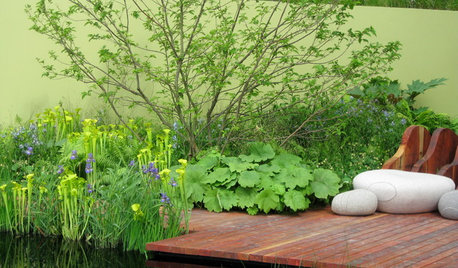
GARDENING GUIDES20 Ways to Create a Chartreuse Splash in the Landscape
Use this hot garden color for plantings, paint and accessories to create a cool outdoor vibe
Full Story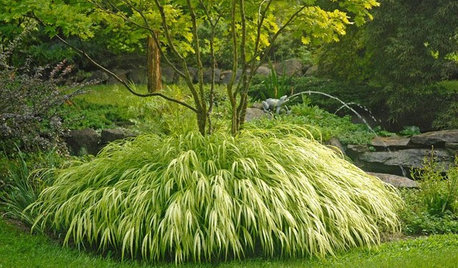
PRODUCT PICKSGuest Picks: 20 Gorgeous Perennials to Plant Now
Take advantage of warm spring weather to create a colorful garden with blooming plants, succulents and ornamental grasses
Full StoryMore Discussions







Joe1980